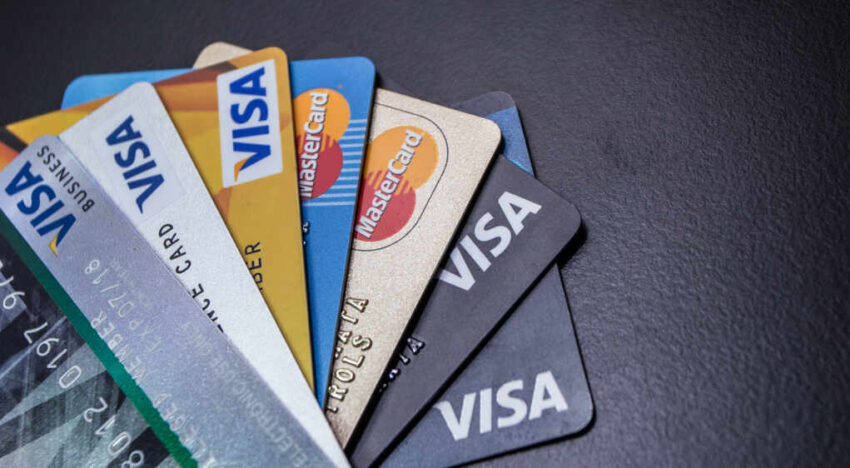Visa and Mastercard are scrambling to dominate the $253 billion stablecoin payments market, fearing a collapse of their traditional fee-based systems as blockchain-powered alternatives gain traction.
At a Glance
- Visa and Mastercard are launching stablecoin initiatives to retain control of global digital payments.
- Both firms now process crypto-linked transactions using stablecoins like USDC and FIUSD.
- Mastercard has deployed a zero-fee crypto card to 150 million merchants.
- Visa has settled over $225 million using stablecoins on its own network.
- Major retailers including Walmart and Amazon are exploring launching proprietary stablecoins.
Visa’s Crypto-Infused Expansion
Visa has doubled down on blockchain integration, piloting USDC stablecoin settlement on its own VisaNet infrastructure and processing more than $225 million so far. This strategy enables real-time, cross-border transactions without traditional banking intermediaries, as confirmed by Visa’s own innovation report.
Additionally, Visa is scaling its crypto-linked card programs across Latin America and soon into Africa, Asia, and Europe, backed by partnerships with companies like Circle and Anchorage. According to Reuters, these cards enable direct use of stablecoins for purchases at millions of merchants worldwide.
Watch a report: Stablecoin: How Digital Dollars Threaten Visa & Mastercard
Visa’s strategy includes not only crypto but artificial intelligence. The company’s Visa Intelligent Commerce system integrates real-time fraud prevention and tokenized credentials—over 13.7 billion tokens issued—allowing seamless, secure payments with stablecoin backing, detailed in AInvest’s coverage.
Mastercard Strikes With No-Fee Disruption
Mastercard is taking a blunt approach: eliminate fees. The firm has launched a zero-fee crypto card in partnership with Bitget Wallet, enabling users to spend stablecoins directly at more than 150 million global merchants. This initiative, as reported by CryptoRank, dramatically undercuts the traditional revenue model of swipe-based fees.
Going further, Mastercard has introduced an end-to-end system for accepting stablecoins—from wallet integration to merchant settlement—working with crypto firms including Circle, Paxos, and OKX. The company also incorporated Fiserv’s FIUSD stablecoin across its platforms, detailed by MarketWatch.
Retail Rivals and Regulatory Storms
Beyond the card giants, powerful retailers are entering the fray. Both Walmart and Amazon are reportedly exploring launching their own branded stablecoins, a move that could circumvent Visa and Mastercard entirely. According to Seeking Alpha, these efforts could redirect massive consumer flows onto closed, branded rails.
The regulatory void is adding urgency. The proposed Genius Act, if passed, could provide federal clarity for stablecoins—but in the meantime, both companies are moving aggressively to define the rules by setting de facto global standards. As reported by CryptoRank, the U.S. government’s slow response has only accelerated corporate innovation.
Whether through AI-enhanced legacy rails or zero-fee blockchain disruptors, Visa and Mastercard are now in an existential race to remain indispensable in a world of programmable money. The longer the Fed stays quiet, the louder the corporate battle cry grows.
Click this link for the original source of this article.
Author: Editor
This content is courtesy of, and owned and copyrighted by, https://thecongressionalinsider.com and its author. This content is made available by use of the public RSS feed offered by the host site and is used for educational purposes only. If you are the author or represent the host site and would like this content removed now and in the future, please contact USSANews.com using the email address in the Contact page found in the website menu.








